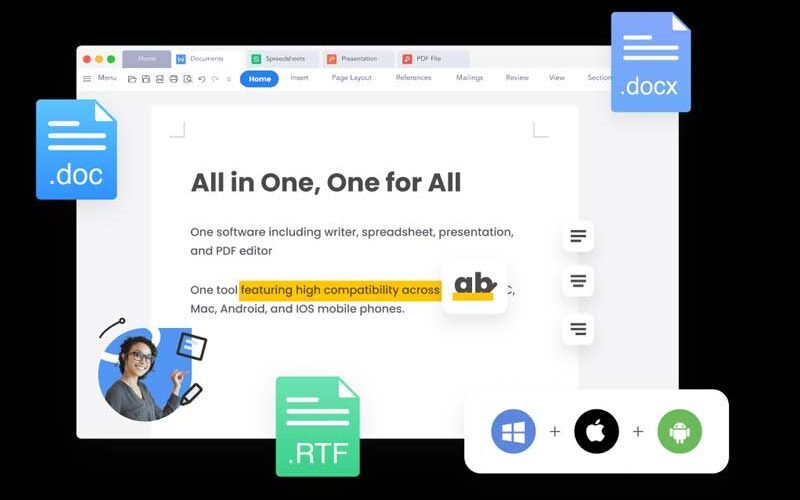In today’s always-on digital world, raising kids comes with a whole new set of challenges. Screen time, internet safety, social media pressure, and digital distractions aren’t just buzzwords anymore; they’re daily decisions modern parents must navigate. As children gain access to technology earlier than ever, choosing the right tools for them becomes a pivotal part of parenting.
One of the most critical decisions? Their first smartphone.
The Problem with Traditional Smartphones for Kids
Giving a child a smartphone used to be about logistics, a way to stay in touch after school, coordinate pickups, or let them call home in emergencies. But the rise of social apps, mobile games, and open internet access has completely changed that equation.
For young users, traditional smartphones are often too much, too soon. They offer access to:
- Social media apps that can fuel anxiety and distraction
- Unfiltered web content
- Messaging apps with no parental oversight
- Games and entertainment that compete with school and sleep
In other words, full-featured smartphones may be powerful, but they’re not necessarily age-appropriate.
Smart Parenting = Smarter Tech Boundaries
Modern parenting isn’t about banning technology; it’s about setting healthy digital boundaries. Every parent wants to find tech choices that support child safety, and that starts with choosing devices intentionally designed for younger users.
Smarter phones designed specifically for younger users make this possible. These aren’t just watered-down versions of adult devices. They’re purpose-built tools that:
- Exclude social media and internet browsers by design
- Offer GPS tracking and safe calling/texting features
- Prioritize simple, essential communication over distractions
- Empower parents with control over contacts and settings
Instead of policing behavior after the fact, these phones help prevent problems before they start.
Why Parents Are Embracing Distraction-Free Devices
For many families, this shift is about peace of mind. When a phone removes the risk of harmful content or excessive screen time, it removes the constant battle over usage.
These tools allow children to stay connected in a controlled, healthy way. As a result, parents can:
- Let their kids walk home from school or attend activities with less worry
- Avoid arguments about deleting apps or limiting time
- Encourage independence while still maintaining oversight
In short, simpler phones create a calmer tech environment at home.
Digital Skills Without Digital Overload
Another overlooked benefit? Starter smartphones help kids build healthy tech habits from the start.
They learn how to:
- Communicate responsibly
- Navigate basic digital tools (like texting, calendars, and alarms)
- Understand that not all technology needs to be “always on.”
When their first device isn’t overloaded with distractions, children can form a balanced relationship with tech. This foundation is especially valuable as they mature and transition to more advanced tools.
What to Look for in a Kid-Friendly Smartphone
Not all phones marketed to kids are created equal. When evaluating your options, look for devices that offer:
- No access to social media or app stores
- Built-in GPS and emergency contact features
- Parental controls that are easy to manage
- Strong battery life and durable design
- No internet browser
Bonus points if the phone is simple enough for your child to use independently but smart enough to grow with their needs.
Supporting Safety Without Stifling Growth
Some critics argue that limiting smartphone functionality holds kids back. But in reality, these limitations often lead to more growth, not less.
By introducing technology in a slow, structured way, parents help their children:
- Build resilience and focus without digital noise
- Avoid early exposure to online toxicity
- Develop real-world social skills without digital interference
This isn’t about shielding them from reality; it’s about preparing them for it with intention.
How to Introduce a Smartphone to Your Child
Giving your child their first phone is a big moment, and how you introduce it can shape their relationship with technology for years to come. To make the transition smooth and intentional, consider these tips:
- Set expectations early.Before handing over the phone, talk about what it will and won’t be used for. Explain boundaries like screen time limits, approved contacts, and when they should put the phone away.
- Establish phone-free zones.Make it clear that certain times and spaces, like dinner, bedtime, and family outings, are tech-free. This helps reinforce balance and presence.
- Co-create rules.Involving your child in setting guidelines builds trust and accountability. Discuss how they’ll earn more privileges over time with responsible use.
- Use the phone as a teaching tool.Talk about digital manners, how to spot spam or unsafe behavior, and how to use text or call features politely.
- Check in regularly.Instead of surprise checks or punishment, schedule routine phone check-ins to review usage together. This makes your involvement feel collaborative, not controlling.
Introducing a smartphone with structure and openness helps kids feel supported rather than surveilled, building the foundation for a healthier relationship with tech.
Common Mistakes to Avoid with First Phones
Even with the best intentions, parents can stumble when introducing smartphones to their kids. Being aware of these common missteps can help your family avoid frustration and foster healthier tech habits from the start:
- Skipping the conversation.Simply handing over a phone without clear expectations can lead to confusion or misuse. Make the introduction part of an ongoing dialogue.
- Overloading with features.Kids don’t need app stores, web browsers, or social media on day one. Start with fewer features and expand access gradually.
- Using the phone as a reward or punishment.Making the phone a point of leverage can create unhealthy emotional attachments. Instead, treat it as a communication tool and responsibility.
- Neglecting your own habits.Kids mirror adult behavior. Modeling mindful phone use yourself goes a long way in teaching them how to manage theirs.
- Forgetting to revisit the rules.As your child matures, their needs and responsibilities will shift. Periodic check-ins ensure your rules grow alongside them.
Thoughtful tech parenting isn’t about perfection; it’s about consistency and communication.
A New Standard for Digital Parenting
More and more families are making the switch to phones that prioritize safety over status. These choices reflect a growing movement: one where connection and calm take priority over clicks and clout.
Because when it comes to smartphones for kids, less really is more.






